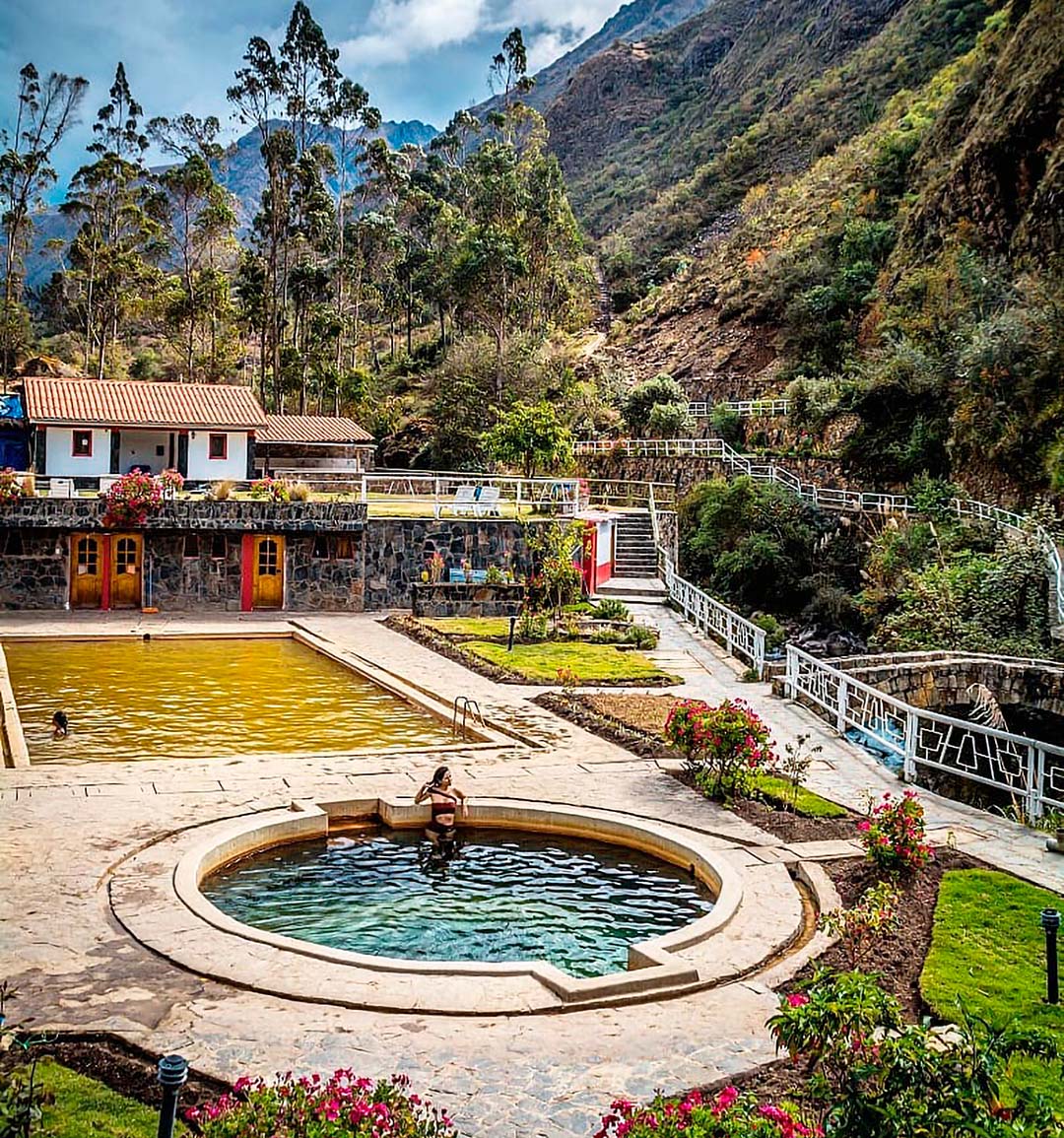Discover the hidden gems of the Andes with our Best Lares Trek Tours. Embark on a journey through breathtaking landscapes, remote villages, and ancient Inca ruins. Our expert guides will lead you off the beaten path, offering unique cultural insights and unforgettable experiences.
Whether you're a seasoned trekker or a first-time adventurer, our tours are designed to cater to all levels of fitness and interest. Join us and immerse yourself in the beauty and history of the Lares region on a trekking adventure of a lifetime.
Embark on an exhilarating 4-day hike through Lares, Peru. Enjoy breathtaking mountain views, soak in thermal springs, explore rich Inca history in Ollantaytambo, and culminate your journey with a visit to the majestic Machu Picchu. An unforgettable adventure awaits you!
The Lares Trek stands as a strong contender as the third most favorable alternative to the traditional Inca trail for reaching Machu Picchu. It offers diverse options, ranging from a 3-day expedition to a 5-day adventure. Instead of the customary entry through the Sun Gate, all routes of the Lares Trek culminate in Ollantaytambo within the Sacred Valley. From there, trekkers board trains bound for Aguas Calientes, the town nestled beneath Machu Picchu. Presented below is a fundamental travel manual for those considering embarking on this journey. Let's delve into it.
In brief, the best time to hike the Lares trek to Machu Picchu is during the dry season from April – August. Also, the trail isn’t crawling with tourists or large groups of people and so much more in the rainy season from December to March. Whereas in September till November, the days are frequently sunny, but it sometimes just gets cloudy threatening to rain but it either rains or fades, overall it is still a good season.

Upon confirming their travel arrangements to Peru, individuals often express concerns regarding altitude sickness. The atmosphere at elevated heights harbors diminished oxygen levels compared to sea level, necessitating heightened exertion from the body to procure sufficient oxygen. With prolonged exposure to high altitudes, the body gradually acclimatizes to the reduced oxygen content in the air. Consequently, we consistently advocate for allocating a minimum of two days in Cusco prior to embarking on any trek in the Andes.
Symptoms of altitude sickness may initially resemble those of the flu or a hangover. These may encompass headaches, fatigue, decreased appetite, queasiness, vomiting, dizziness, insomnia, or respiratory difficulties during physical exertion. Should any of these symptoms exacerbate, we encourage you to reach out to our office, and we will facilitate access to medical assistance.
It is advisable to ease into physical activity gradually, allowing the body sufficient time to adapt. Stay adequately hydrated by consuming ample fluids such as water or coca tea, a traditional remedy utilized since ancient times to alleviate altitude sickness. Refrain from excessive alcohol and coffee consumption, as they can lead to dehydration. Avoid smoking, as it impedes oxygen uptake by the body. Furthermore, refrain from using sleeping aids, as they may induce shallow breathing patterns, hindering optimal oxygen absorption during sleep.
Typically, Cusco experiences its dry season from April to October. However, it's essential to anticipate fluctuating temperatures and the possibility of rain. Regardless of the month you embark on your trek, ensure you have adequate rain gear, including a waterproof jacket, pants, poncho, and waterproof gloves. Many overlook the importance of gloves, yet staying warm and dry significantly impacts the hiking experience.
Moreover, prepare for experiencing four distinct seasons. Trekking in the Andes entails encountering various microclimates, necessitating readiness for each. Layering is crucial as it allows easy adjustment to fluctuating temperatures. Carry a warm, packable down jacket as evenings tend to be chilly.
Regarding the Lares trek specifically, it tends to be one of our chillier routes. We provide insulated warm bottles to place in your sleeping bags for added warmth, but remember to bring extra layers to ensure coziness throughout the night.
The Lares Trek offers a unique opportunity to immerse oneself in the rich cultural heritage of the Andean communities along the route. Trekkers have the chance to interact with local Quechua-speaking communities, gaining insights into their traditional way of life, customs, and artisanal crafts.